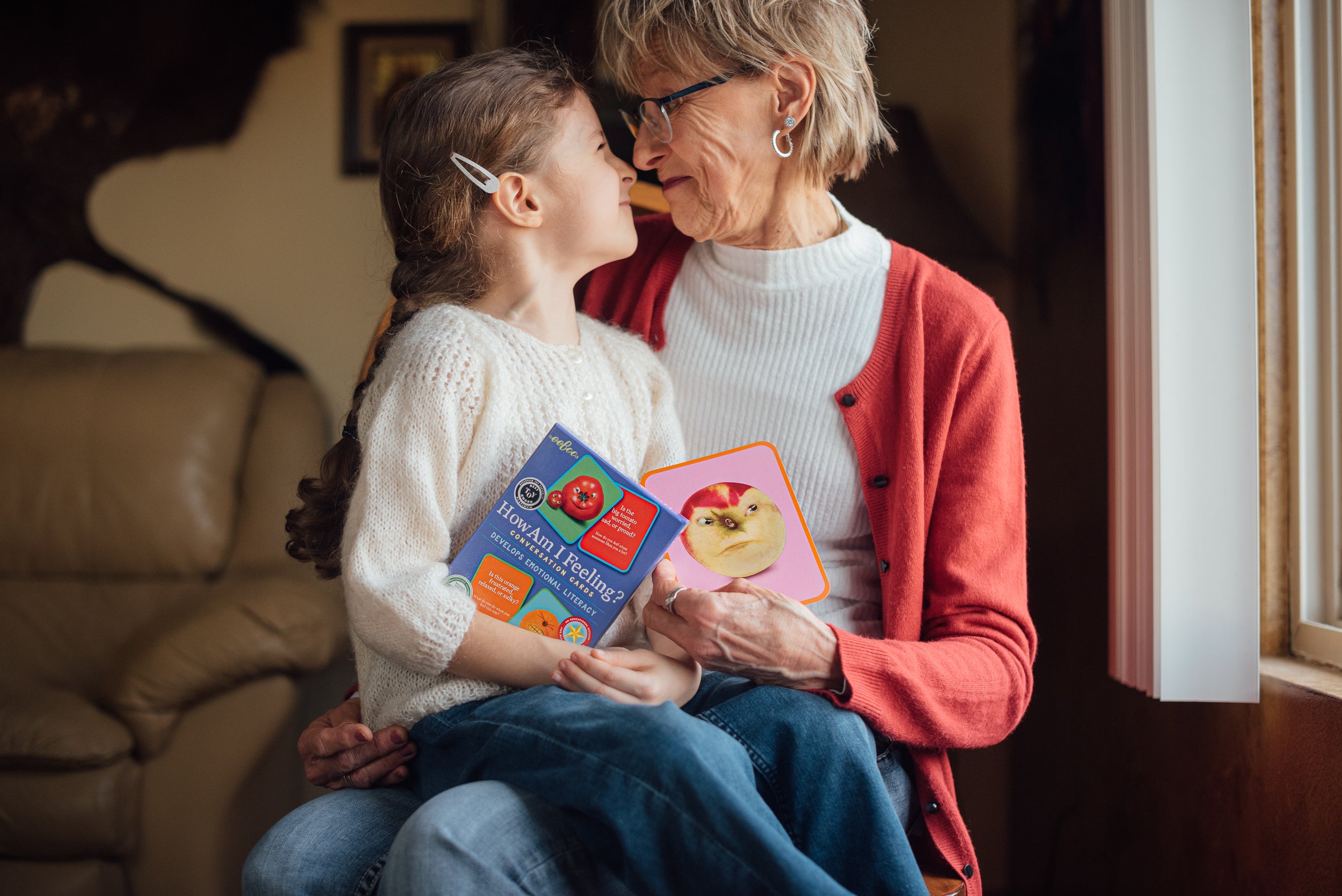
Helping kids cope with feelings of helplessness can be challenging but very rewarding. Here are some approaches to guide kids through these emotions:
1. Normalize and Validate Their Feelings
- Let them know that feeling helpless is a common and normal response to difficult situations. Kids need to hear that it’s okay to feel the way they do.
- Encourage them to name their emotions—sadness, frustration, confusion, etc. Naming feelings helps demystify and externalize them.
2. Encourage Open Communication
- Ask open-ended questions to help them express their thoughts. Listening actively without judgment shows that you value their perspective.
- Reflect back what you hear to help them feel understood, like saying, “It sounds like you're feeling overwhelmed by this.”
3. Help Identify What They Can Control
- Sometimes feelings of helplessness come from focusing on things outside of their control. Help kids identify small, actionable steps they can take.
- If they're upset about a big event, for example, help them find ways to feel empowered by doing small things (like helping others or creating something positive).
4. Build a Toolbox for Managing Emotions
- Work on calming techniques together, like deep breathing, drawing, journaling, or physical activity. These can help them feel more grounded.
- Practice problem-solving skills by brainstorming possible solutions to their challenges, no matter how small they might seem.
5. Model Healthy Coping Strategies
- Show them that adults also experience challenging emotions and demonstrate healthy ways to handle those feelings.
- Let them see you work through frustration or sadness constructively, giving them a live example to follow.
6. Focus on Resilience and Positivity
- Talk about times when they've overcome hard things in the past. This reminds them of their resilience and capacity for problem-solving.
- Reinforce small successes, acknowledging their effort and growth over specific outcomes. This builds confidence over time.
7. Create a Safe Space for Expression
- Allow them a safe space at home or in a classroom to express whatever they need without fear of dismissal.
- Whether they need a "cool-down" spot or a journal to vent, having a designated outlet for these emotions can make a big difference.
Helping children build these skills doesn’t happen overnight, but with consistency and patience, they can learn to manage helplessness in a healthy, constructive way.




